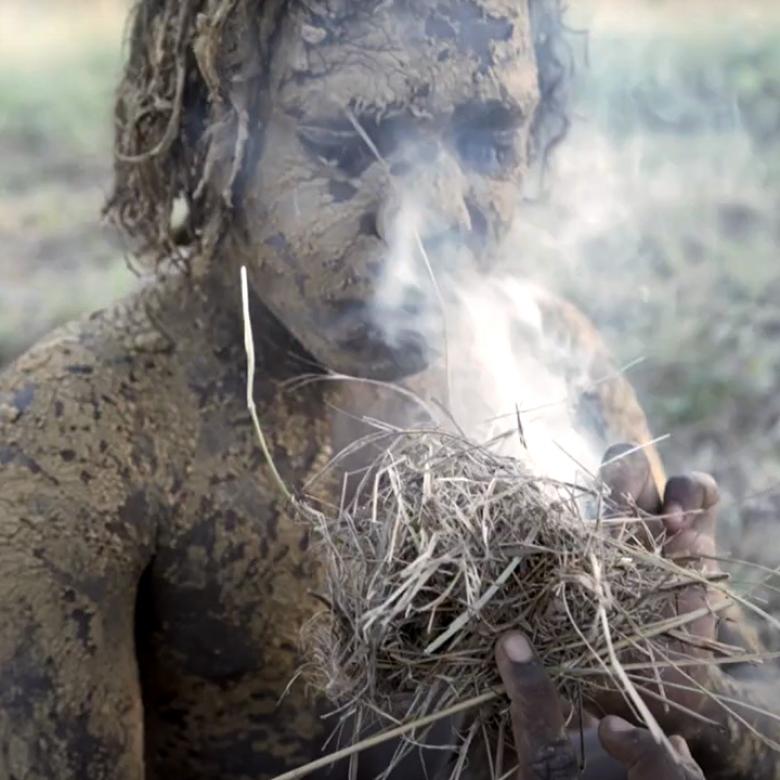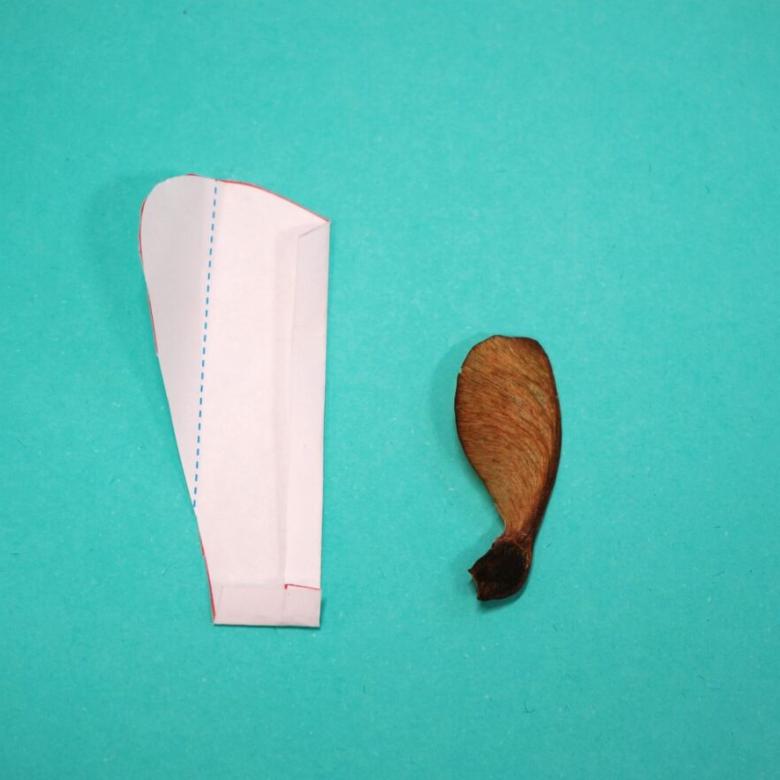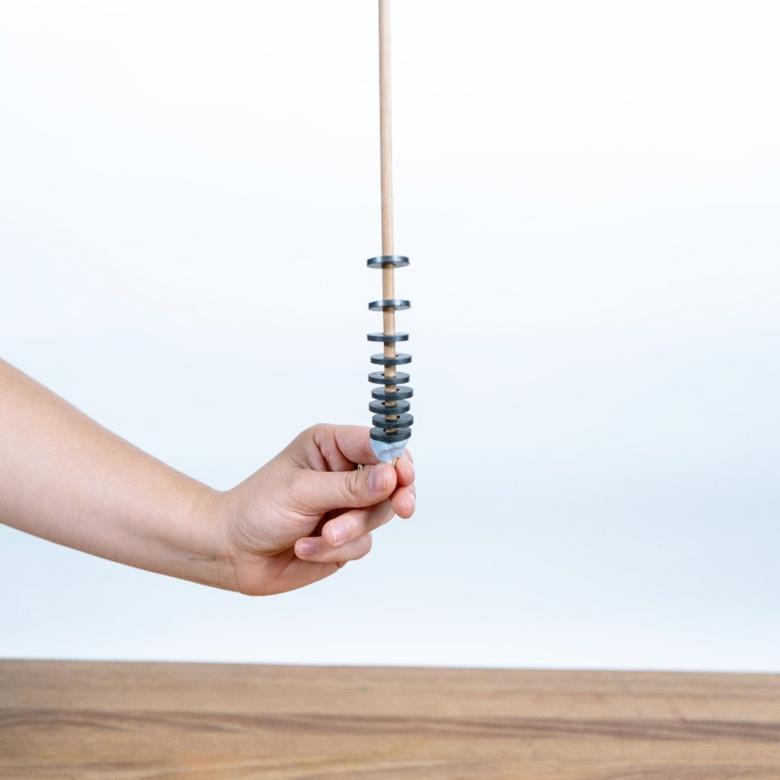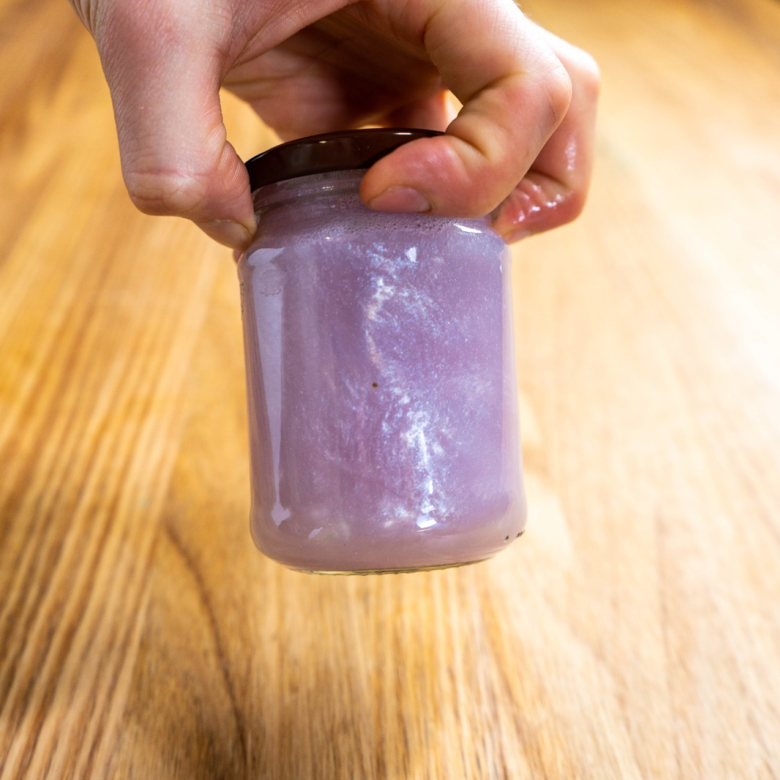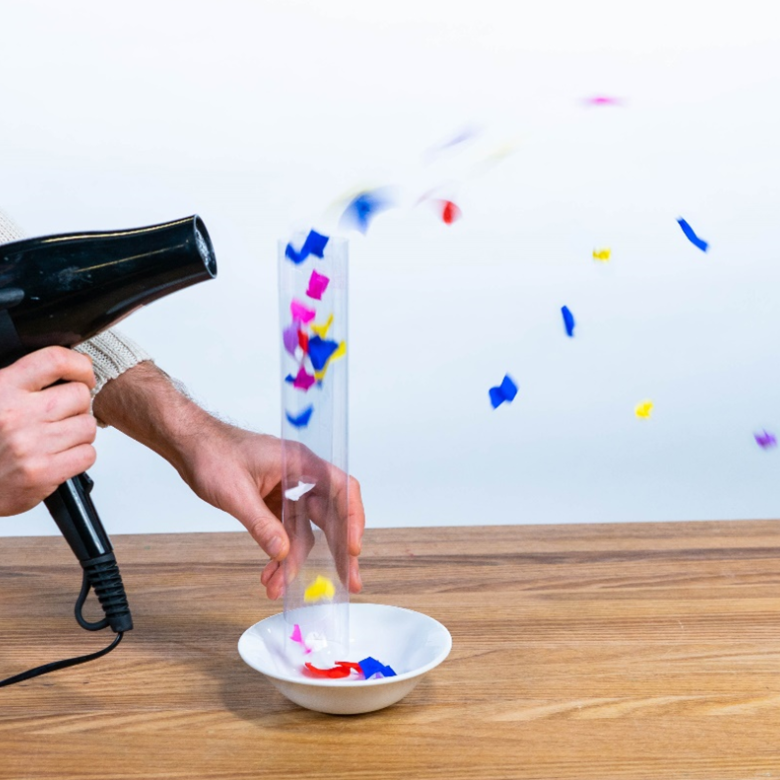You'll need
- A 20c coin, clean and dried
- A clean eye-dropper
- A cup of water
- Paper towels
- Detergent
What to do
- Gather your materials on a flat surface.
- Lay the coin flat.
- Partially fill the eye-dropper with water. Practise using the dropper over the cup of water until you are good at letting the drops out one at a time.
- Hold the dropper approximately 1 cm above the coin and drip the water one drop at a time onto the coin. Count the number of drops that can be placed on the coin before the water spills over the edge.
- Thoroughly dry the coin with a paper towel.
- Add a drop of detergent to the cup of water and repeat steps 2 to 5.
Questions to ask
Try repeating the activity with other liquids. You could try vegetable oil, salty water or milk. Which ones let you put the most drops on the coin?
Does temperature make a difference? Try using hot, warm and cold water, and see if there is a difference. Be careful when using hot water.
Why does the coin need to be clean and dry? Try the experiment again, but use a dirty coin.
What's happening
Water has a high surface tension. Surface tension helps the water from changing shape. It’s what helps a drop of water hold its shape. If the coin is dry and flat, water can be added until it’s almost twice as high as the coin itself.
Detergent lowers the surface tension of water. That means soapy water can’t form a large drop on the coin.


